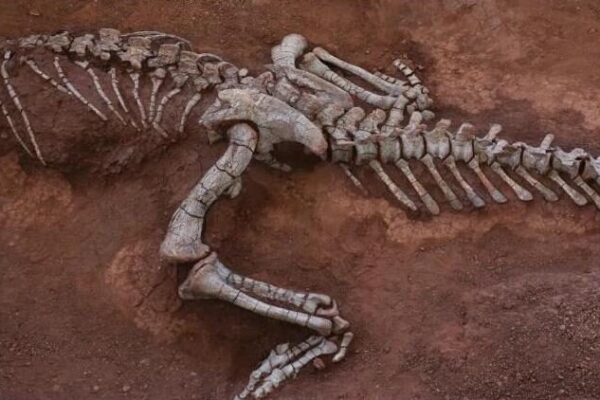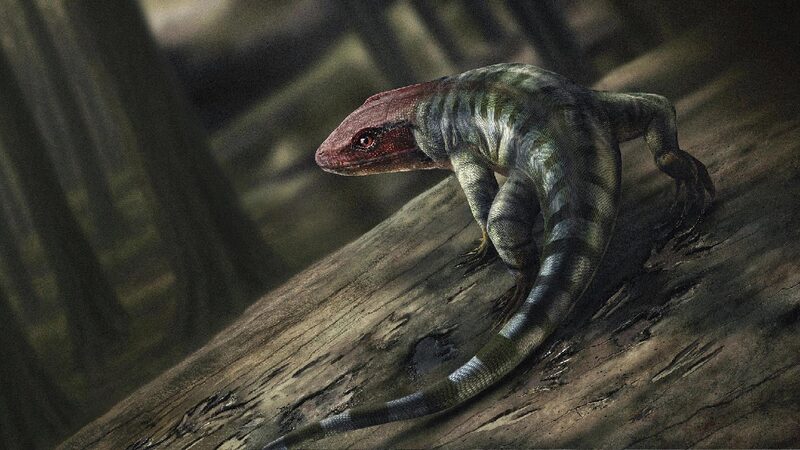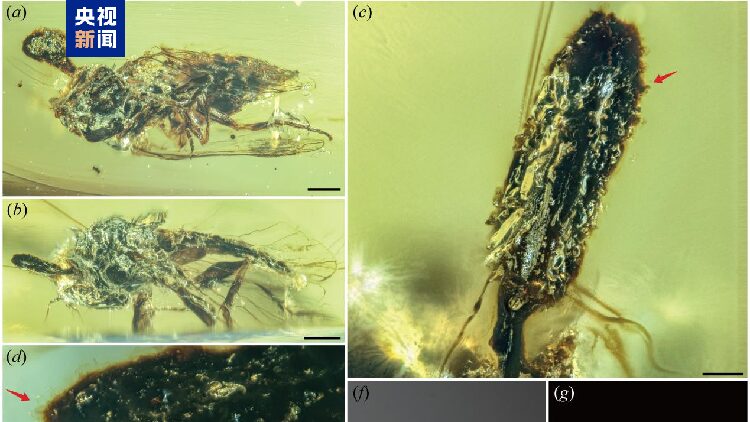Chinese scientists have unearthed the oldest short-tailed bird fossil, dating back about 150 million years, in east China’s Fujian Province. This groundbreaking discovery sheds new light on the origin and evolution of birds.
The fossilized bird, named Baminornis zhengheensis, was discovered in Zhenghe County. Remarkably, it possesses a short tail ending in a compound bone called the pygostyle—a feature uniquely present in modern birds. This suggests that the body structure of modern birds emerged in the Late Jurassic Period, 20 million years earlier than previously thought.
“This is a groundbreaking discovery. It overturns the previous situation where Archaeopteryx was the only bird found in the Jurassic Period,” said Zhou Zhonghe, an academician of the Chinese Academy of Sciences (CAS).
The bird displays a unique combination of traits, including modern bird-like shoulder and pelvic girdles, as well as a non-avian dinosaur-like hand. “It’s a very interesting and contradictory phenomenon,” said Wang Min, a researcher with the Institute of Vertebrate Paleontology and Paleoanthropology (IVPP) under the CAS and the leading scientist of the research team.
Based on this new discovery, scientists speculate that the emergence of the earliest birds could be traced back to an even earlier time, possibly 172 million to 164 million years ago.
The study was conducted by researchers from the IVPP and the Fujian Institute of Geological Survey and was published in the latest issue of the journal Nature.
Reference(s):
Jurassic fossil discovery in China sheds new light on origin of birds
cgtn.com








